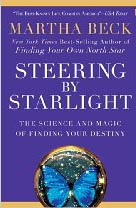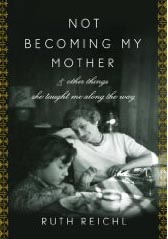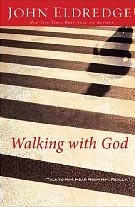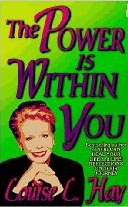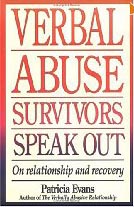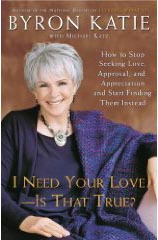
I Need Your Love — Is That True?
How to Stop Seeking Love, Approval, and Appreciation and Start Finding Them Instead,
by Byron Katie
written with Michael Katz
Harmony Books, New York, 2005. 254 pages.
Starred Review
Sonderbooks Stand-out 2010: #5 Other Nonfiction
www.thework.com
www.crownpublishing.com
“Everyone agrees that love is wonderful, except when it’s terrible. People spend their whole lives tantalized by love — seeking it, trying to hold on to it, or trying to get over it. Not far behind love, as major preoccupations, come approval and appreciation. From childhood on, most people spend much of their energy in a relentless pursuit of these things, trying out different methods to be noticed, to please, to impress, and to win other people’s love, thinking that’s just the way life is. This effort can become so constant and unquestioned that we barely notice it anymore.
“This book takes a close look at what works and what doesn’t in the quest for love and approval. It will help you find a way to be happier in love and more effective in all your relationships without being manipulative or deceptive in any way. What you learn here will bring fulfillment to all kinds of relationships, including romantic love, dating, marriage, raising children, work, and friendship.”
One thing I like about Byron Katie’s books is that she does not tell you what to think. Instead, she has you examine your own thoughts and ask yourself:
Is it true?
Can you absolutely know that it’s true?
How do you react when you believe that thought?
Who would you be without that thought?
When it comes to needing people, she says,
“How do you know when you don’t need people? When they’re not in your life. How do you know when you do need them? When they are in your life. You can’t control the comings and goings of the people you care for. What you can do is have a good life whether they come or go. You can invite them, and they come or not, and whatever the result is, that’s what you need. Reality is the proof of it.”
Katie believes that whatever happens is good. As a Christian, I believe that God works all things together for good in my life. So maybe I’m coming from a different reason, but the result is the same: If something has happened, I know that God can bring good into my life through that.
Stressful thoughts so often involve believing that something that happened to me should not have happened, for example: “My husband should not have left me.” “My son should be more respectful.” “He is not treating me fairly.” “She is interfering in my life.”
Katie talks about “noticing and counting the beautiful reasons unexpected things happen for us.” If you look for the ways life events benefit you, you will be a much happier person. (“Who will I be without that stressful thought?”)
“Many people’s lives are constantly punctuated with little fits or tantrums in which they express their rejection of what’s happening….
“The more you stick to the belief that you’re in control, the more of these moments there are in your life. Some people reach a point where they’re fighting reality at every step along the way. That’s how they react to the thought ‘I’m calling the shots’ when no one seems to be listening. It’s a war zone in their minds.
“The alternative is to expect reality not to follow your plan. You realize that you have no ideas what’s going to happen next. That way, you’re pleasantly surprised when things seem to be going your way, and you’re pleasantly surprised when they don’t. In the second case, you may not have seen what the new possibilities are yet, but life quickly reveals them, and the old plans don’t stop you from moving ahead, from flowing efficiently into the life beyond your schemes and expectations.”
This book focuses on love, approval, and relationships. Katie asks some excellent questions over the course of the book:
“How do you react when you believe the thought that you can find love and approval by making yourself more likable?”
“When you say ‘Thank you,’ are you handing someone a token, or are you expressing real gratitude?”
“What would it be like to live your truth without excusing, defending, explaining, or justifying your thoughts or actions to others?”
“Who would you be without the thought that you need to seek approval?”
“Who would you be without the thought that your happiness depends on someone else?”
“If you love me, you’ll do what I want — Is it true?”
I like her commentary on that last question:
“Horses grazing in a field unthinkingly stand head to tail, flicking the flies from each other’s faces. At night, they sleep standing up, resting their heads on each other’s shoulders. This is what peaceful reciprocation looks like. But ‘civilized’ people have learned how to use reciprocation to torture each other. All it takes is the belief that if I do something for you, you owe me something in return. If I give you my love, you’d better give me yours, or something of equal value.
“What happens if you don’t reciprocate? I take back my love and approval, and I give you resentment instead. The rules of each relationship dictate all the things you have to do or not do to avoid resentment. These rules aren’t written down or even spoken. You find out what they are by breaking them. When you see that I’m angry, you know that you’ve broken a rule. You did something you shouldn’t have, you came home too late or too early, you forgot to do or say something. Perhaps you should ask what you did wrong, but watch out: One of the rules may be that you’re supposed to know without asking.
“And of course, you find out about your rules for my behavior using the same method. How do you know when I broke a rule? When you get angry at me.
In any case, if you do your best to figure out all the rules and obey them, do you get my love? No. You get to tiptoe around me, so that you can minimize my anger and continue the relationship. Love seems to have disappeared. Where did it go? You can find out by questioning the thought, ‘If you love me, you’ll do what I want.'”
Reading Byron Katie’s books help me to grow in contentment, gratitude, peace and joy. They help me let go of thoughts that keep me from those things. It’s very easy to see the good in that!
Buy from Amazon.com
Find this review on Sonderbooks at: www.sonderbooks.com/Nonfiction/i_need_your_love.html
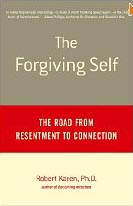 The Forgiving Self
The Forgiving Self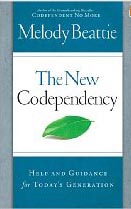 The New Codependency
The New Codependency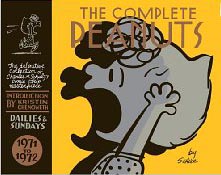 The Complete Peanuts
The Complete Peanuts
